Dune was conceived as a response to Star Wars, but remained in the history of cinema as the most epic and high-profile failure with unusual consequences. Perhaps everything would have been different, but any plot that fell into the focus of David Lynch’s attention acquired features unusual even for science fiction.
The gloomy world of Dune in 1984 was too different from the colorful and joyful universe of “Star Wars”, where even the villains had a caricatured appearance, and the inhabitants of distant planets resembled funny animals. The first to film a large-scale novel by Frank Herbert was the Chilean of English. An explanation of the meaning, plot, and ideas of David Lynch’s film Dune (1984). A detailed analysis of the plot and a characterization of the characters in the universe blood Alejandro Jodorovsky, who attracted the artists Giraud and Giger (who later created the familiar look of the Alien) to the work.

Khodorovsky’s team did a gigantic job worthy of the original source, but in 1975 it was left without funding. So the project fell into the hands of Lynch, and now it was his turn to puzzle over how to pack hundreds of pages of the novel into the two-hour frames of a standard film.
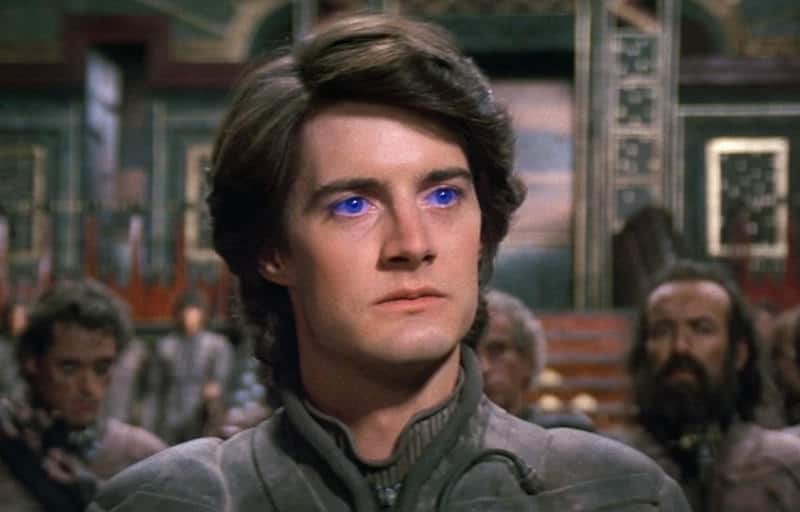
The result was overwhelming: the viewers who read the novel were offended by the director for their free handling of the text, and those who did not read it did not understand anything. “Dune” failed miserably, but over time it became clear that it was destined for the fate of a real classic. “Star Wars” has degenerated into consumer goods, and “Dune” still rises like a rock in the desert of the planet Arrakis.
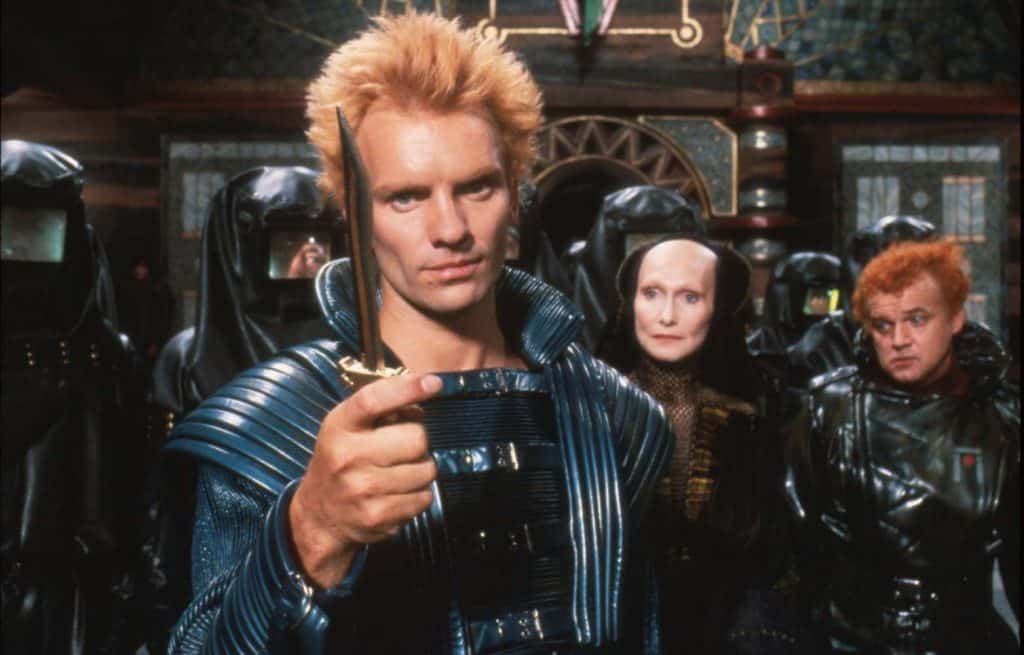
“Dune” does not become obsolete, because it tells about political intrigue and betrayal, about unethical environmental experiments, wars for energy resources and mankind’s longing for a new messiah.
Melange spice, precious spice
In the world of Dune, the revolt of the machines has already taken place. After the cyber apocalypse, humanity was forced to abandon robots and computers. Perhaps this explains the failure of the film: the audience loved talking robots and “smart machines”, and in “Dune” they are gone. Here people travel in the Universe, using the help of navigators – strange and creepy larva-like creatures. By consuming spice, a special spice found on the planet Arrakis, these navigators see the future, fold space and guide spaceships through it. Power over Arrakis and power over Spice mean power over the Galaxy.
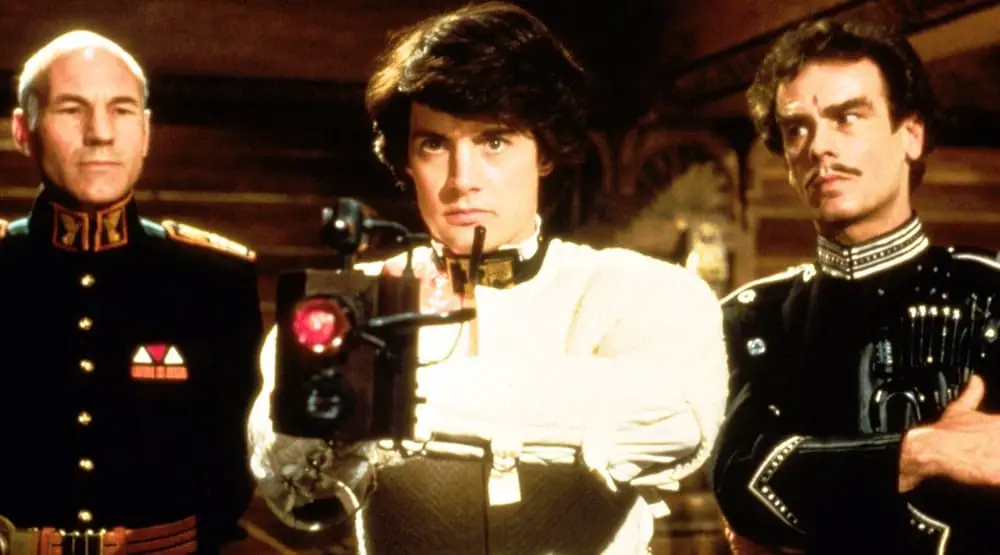
For those who are not blind and see that all wars on earth are waged for the possession of energy sources, the main plot of the film is clear: the head of the Human Universe pits two powerful houses against each other in order to strengthen his power. The Fremen, the fugitive free settlers of the planet, intervene in the struggle between the two houses, and the nature of the struggle changes, taking on a revolutionary color.
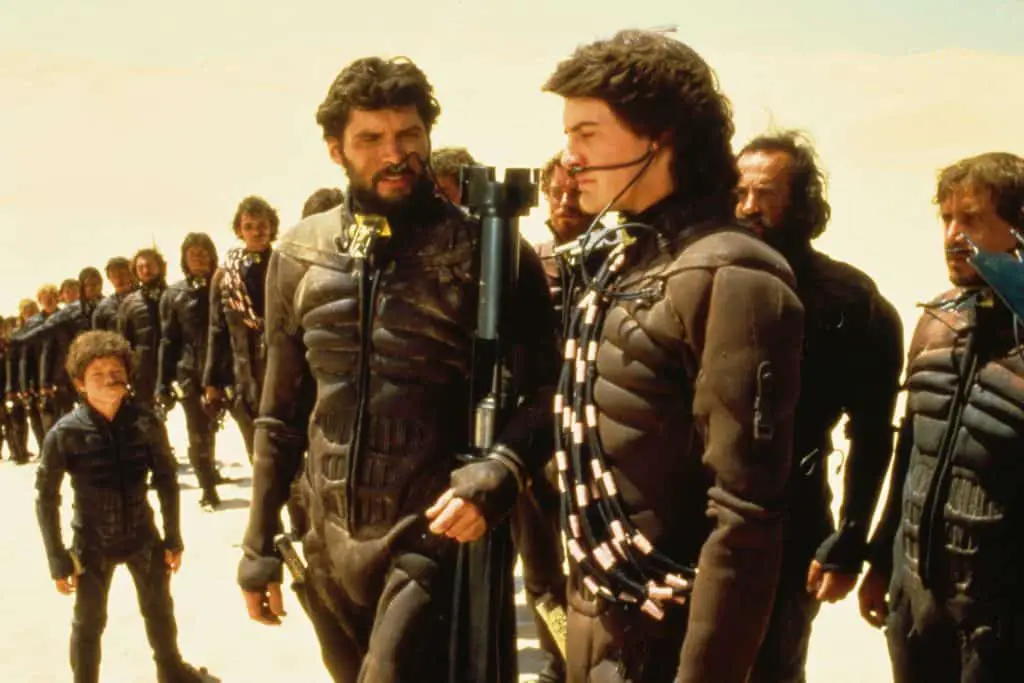
There is no fantasy: before us is an ordinary human universe, the politics of which is implicated in the Machiavellian laws of the Cold War era. The absence of “fancy” technology allows you to focus on a person and his religious mysticism, without being obsessed with gadgets and devices.
Bene Gesserit, Kwisatz Haderah and Muad’dib
The Bene Gesserit is a community akin to a monastic order that teaches women the magical martial arts. The Bene Gesserit sisters know how to control the thoughts of the enemy and, thanks to the “Voice” technique, control his actions. But the main goal of the Bene Gesserit Order is a kind of eugenics experiments, as a result of which a superman should be born – Kwisatz Haderach.
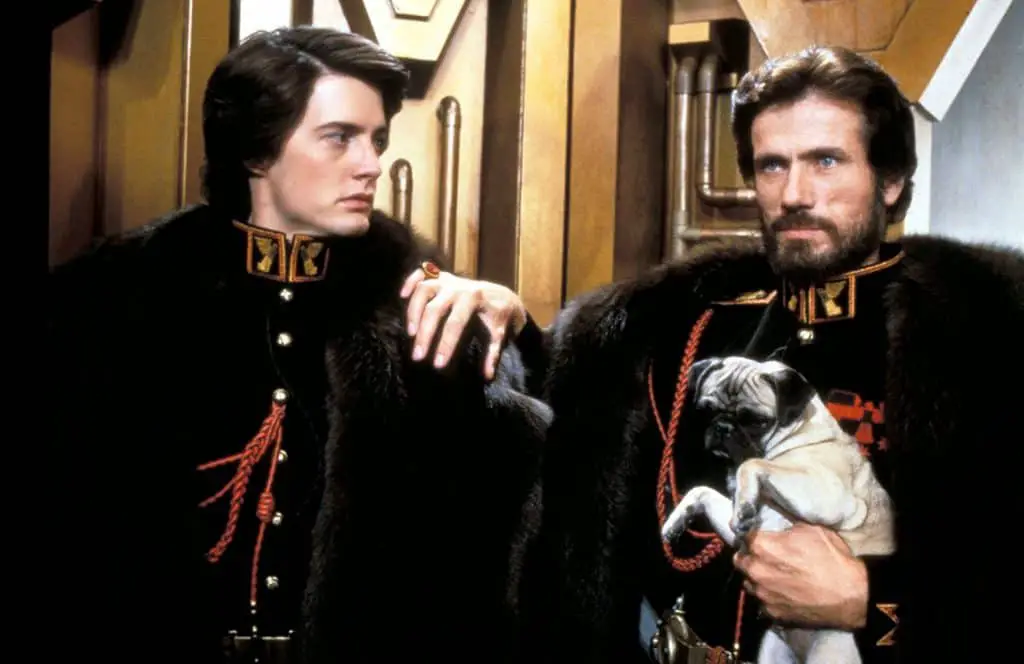
One of the Bene Gesserit sisters is the beautiful Jessica, the mistress of the Duke Atreides, the new owner of the planet Arrakis. She gives birth to the Duke’s son Paul, contrary to the orders of the order, and it is he who is destined for the messianic role.

Escaping certain death at the hands of enemies, Paul Atreides finds the support of the Fremen. He chooses his tribal name Muad’dib and becomes the spiritual and political leader of the free people. Standing at the head of a mighty army, he tames the ancient inhabitants of the desert and the source of spice – terrible sandworms, makes a coup and overthrows the Harkonnen house, which killed his father.
The water of life in the desert of death
In the transformation of Paul into the Fremen messiah, the key role was played by the “water of life” – a liquid poisonous to everyone except the chosen Bene Gesserit sisters and Kwisatz Haderach himself. Only from the extended version of the film and from the novel can we learn that it was the discharge of a sand worm, which is drowned in water.

As the Reverend Mother of the Chapter prepared to die, she passed on her genetic memory to her successor. The candidate for the role of the head of the order drank the water of life, and changes began in her body at the molecular level, as a result of which she either absorbed all the knowledge of her predecessors, or died. Paul became the only man who drank the water of life and survived. So he proved that he is Kwisats Haderah and received super-abilities that allowed him to take over the planet.
Two ends, two rings
Dune fans were particularly outraged by the film’s ending. According to the book, Paul, for the sake of power, enters into a dynastic marriage with the emperor’s daughter, who reads the prologue in the first minutes of the picture. But in the film, there is no indication of the upcoming wedding: the new ruler of Arrakis remains faithful to his beloved Chani.
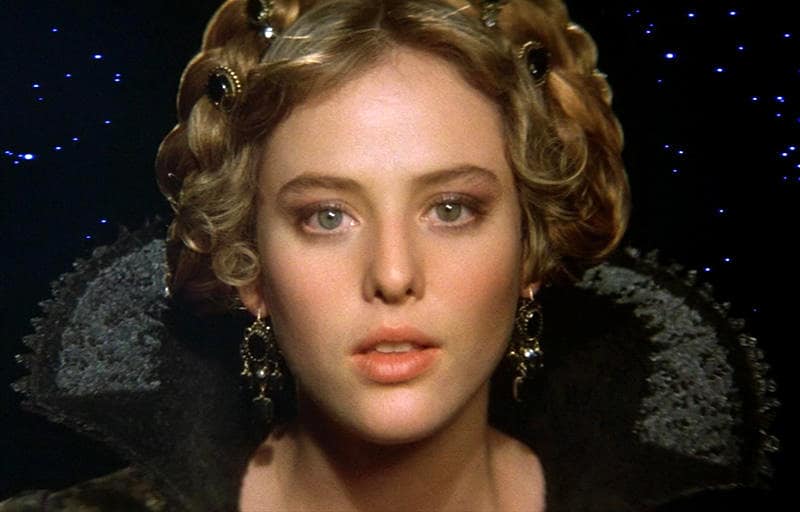
Instead of this bitter pill, the audience received an incredible sight: Paul brought down part of the waters of Caladan onto the planet Arrakis. But water is deadly to sandworms. This could mean that the production of spice and interstellar travel has come to an end.
Alas! No one gives up the source of power and wealth; rain has not touched the desert, and the precious spice will remain not only a kind of “fuel” for spaceships, but also the source of an endless series of intrigues and betrayals that remained outside the frame of Lynch’s picture.
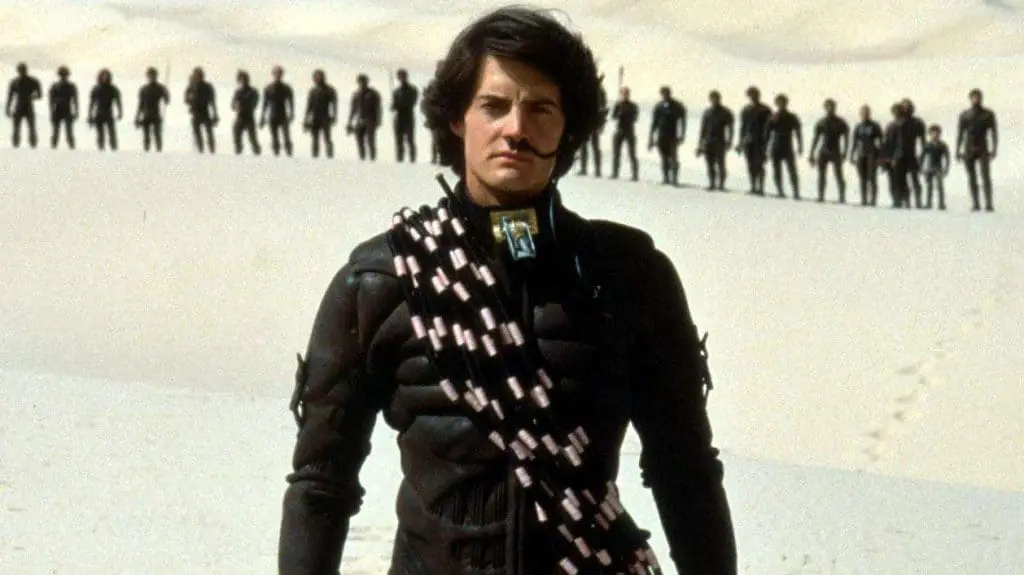
Dune did not sell for quotes, and sonic weapons could not compete with the Jedi laser swords. The painting, full of narcissism, remained a monument to itself, and not to a romance: with the young Sting, in whose eyes primal fury shines, the flying Baron Harkonnen, giant handmade worms and the incredible Kyle MacLachlan, fantastically beautiful and dispassionate, as if frozen among hot sands.







